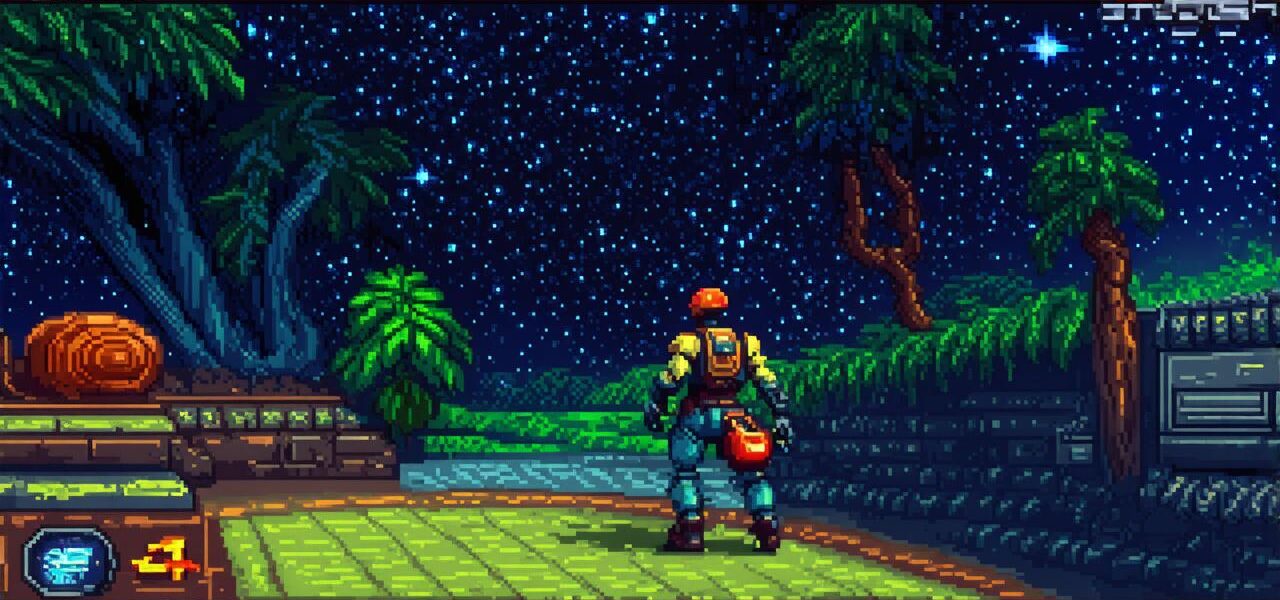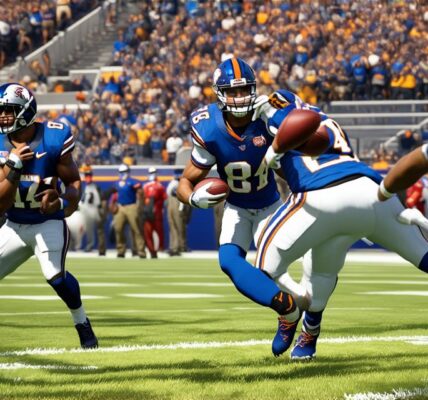
As video game graphics have advanced rapidly in recent years, it’s essential for developers to understand how they work. In this comprehensive guide, we’ll explore the intricacies of creating visually stunning games that captivate players and keep them engaged.
Understanding Raster Graphics
Raster graphics are one of the most commonly used types of graphics in video games. They consist of a grid of pixels arranged in a 2D or 3D space. Each pixel can have a different color, shade, or texture, allowing developers to create complex and detailed visuals.
To create raster graphics, developers use software such as Adobe Photoshop or GIMP. These programs allow them to manipulate individual pixels and layers, as well as apply various effects and filters to achieve the desired look.
One of the key advantages of raster graphics is their ability to handle complex textures and lighting effects. For example, a developer might use a raster graphic to create a realistic-looking metal surface or a detailed wood grain texture.
However, one downside of raster graphics is that they can be quite large in size, especially when dealing with high-resolution textures. This can lead to longer load times and higher memory requirements, which can negatively impact game performance.
Vector Graphics: The Alternative
Vector graphics are another type of graphics used in video games. They consist of mathematical equations that define the shape and position of individual elements, such as lines, curves, and polygons.
One of the main advantages of vector graphics is their smaller file size compared to raster graphics. This makes them ideal for use on mobile devices or low-end systems, where memory and processing power are limited.
Vector graphics also allow developers to create high-quality graphics at any resolution without sacrificing image quality. This means that players can enjoy stunning visuals regardless of the device they’re using.
However, one downside of vector graphics is that they can be more difficult to manipulate than raster graphics. Developers must have a strong understanding of mathematical concepts and programming languages such as SVG or OpenGL in order to create complex visual effects.
The Role of Shaders
Shaders are small programs that run on the GPU (graphical processing unit) and are used to render graphics in real-time. They consist of a series of instructions that tell the GPU how to manipulate textures, lighting, and other visual elements.
Developers can use shaders to create a wide variety of effects, such as reflections, shadows, and special lighting effects. Shaders can also be used to optimize performance by reducing the number of calculations required to render graphics.
One of the key aspects of shader programming is the use of vertex and fragment shaders. Vertex shaders are used to transform the position and orientation of objects in 3D space, while fragment shaders are used to determine the color and texture of each pixel on the screen.
However, shader programming can be quite complex, requiring developers to have a deep understanding of graphics programming concepts such as lighting, textures, and optimization techniques.
The Future of Video Game Graphics
As technology continues to advance, video game graphics are likely to become even more sophisticated and immersive. Developers will continue to explore new ways to create realistic-looking environments, characters, and effects that engage players on a deeper level.
One area of research that is particularly promising is the use of machine learning algorithms to generate complex textures and lighting effects in real-time. This technology has already been used to create stunning visual effects in films and games, but its potential for creating truly dynamic and immersive game worlds is only beginning to be explored.
Another area of interest is the use of augmented reality (AR) and virtual reality (VR) technologies to create even more immersive gaming experiences. As these technologies continue to evolve, developers will likely find new ways to create interactive environments that blur the line between game and reality.




